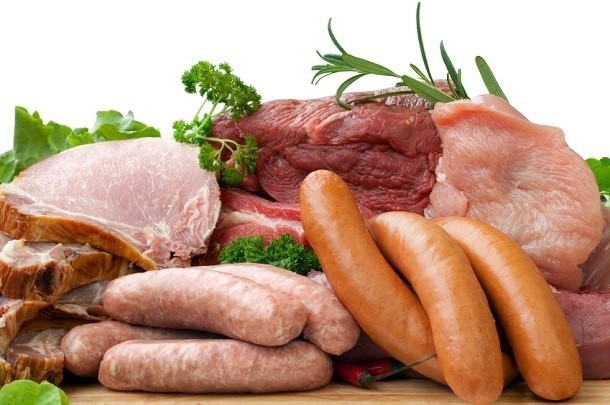2020 Dietary Guidelines should consider impact of food groups on disease endpoints, says expert

“The questions [for the 2020 Dietary Guidelines Advisory Committee] that are there now are … to review diet patterns, but there is almost nothing new about diet patterns from a few years ago, so there is really nothing to be gained there, and most of the other questions that are listed … are about nutrient adequacy, such as evaluating added sugar or meat intake in relations to nutrient adequacy, but not in relation to disease endpoints,” Dariush Mozaffarian, dean of the School of Nutrition Science and Policy at Tufts University, told attendees at the recent Consumer Federation of America policy conference in Washington, DC.
He explained that a more useful set of questions that would build “incrementally” on the 2015 Dietary Guideline’s explicit recognition about food and diet quality, composition and complexity would be look at individual food groups’ impact on disease endpoints.
For example, he said, “one of the top priorities should be to define healthful grains, to define healthful starch. What are the metrics? Is it by fiber? Is it glycemic response? Is it processing? Is it full grain content? Is it all those things together? Or is it whether you eat the grains with oils and other things? Is it portion size?”
He explained that defining healthful grains and looking at each aspect he listed “is crucial because that is probably the single biggest driver in the food supply for obesity.”
Dairy foods are not all the same
The second priority should be to “stop talking about dairy foods as one food that is just a vehicle for calcium and vitamin D,” he said, explaining, “dairy foods are incredibly complicated, incredibly interesting” different from each other.
“We really need to separately evaluate yogurt, cheese and milk separately. We need to evaluate low-fat and whole-fat separately, evaluate fermented dairy foods that have active probiotics or don’t. Even homogenization” should be considered since there is research suggesting that the milk fat membrane destroyed by homogenization could be an “incredibly protective and powerful source of phospholipids that we should be keeping.”
Move beyond red meat vs lean meat
Meat consumption also should be looked at through a more complex set of lenses than previously, suggested Mozaffarian.
“We have been recommending meat consumption based on a reductionist theor about saturated fat and lower fat, rather than actually finding empirical evidence on how meats influence health,” he said.
In particular, he says experts should review the effect of meats that are processed, cured and preserved versus unprocessed red meats.
“I think that there is more of a difference there than there is between lean meats and fatty meats,” he explained.
Laying the foundation for 2025 research
Mozaffarian also recommended that the 2020 dietary guidelines advisory committee set the stage for future research on three emerging areas, for which there likely is not yet conclusive evidence on which to base guidance.
These include a closer look at fat quality, including the ratio of healthy fats to unhealthy fats and how the source of unhealthy fats might alter their impact, he said.
Researchers also should consider the role of probiotics, prebiotics, fermentation and flavonoids in the diet, Mozaffarian said.
And finally, he suggested, future guidelines build upon the 2015 recognition of dietary patterns by looking at meal structure. For example, how does skipping breakfast versus eating it impact metabolism or how does intermittent fasting and the balance of calories consumed and burned overtime.


















